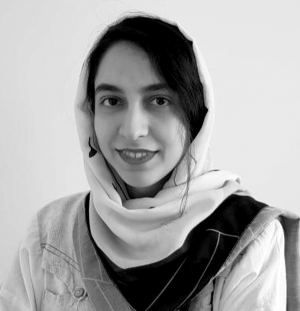Description
Graphs are powerful tools for modeling real-world data. Data analysis using graphs allows us to study the samples relations and identify rich patterns. Although graph modeling can result in a better understanding of data, it requires having strong methods. Graph neural network models have attracted more attention in recent years. These networks are able to simultaneously analyze data features and their relationships to each other and find node representation in low-dimensional feature space. However, due to the novelty of this field, many challenges are still unexplored.
In this study, we intend to examine the challenges in the field by focusing on improving the representation of nodes with the aim of the node classification task. Some of the important challenges that have been less studied in the node classification with graph neural networks are heterogeneous input data, imbalanced data, and the missing graph modality at inference time. To face these challenges, in three chapters, we address these issues and their effect on graph neural networks.
In the first part, we use multi-layer graphs for modeling the heterogeneous data. Then, to take advantage of data heterogeneity, we separate the inter-layer and intra-layer edges and along with supervised and unsupervised loss functions, we propose a multi-layer model named MGCN which shows improvement in the node classification compared to its most-related methods.
In the second part, we address the class imbalance issue. We show that depending on the graph structure, imbalanced datasets can deteriorate the performance of graph neural networks more than conventional neural networks. To face this problem, due to the success of class-weighting methods in handling the issue, we propose a model named RA-GCN that instead of using constant weights, learns the sample weights based on the output of the classifier. We use graph neural networks as weighting networks and the classifier, and with defining an adversarial loss function between them, prevent the classifier from biasing towards either of classes.
In the final part of the research, we address the problem of graph missing at the inference time. In this challenge, we show that in the aggregation step of graph neural networks, the overall distance between features gets reduced. Incorporating the graph structure to change the input feature space in each layer of neural networks leads to the weak performance of the trained network without the graph at the test time and finally poor performance in node embedding and then node classification. To face the issues, we aim to propose a method that is able to extract all the available information during the training time to train a classifier with the unmodified input feature space. For this purpose, inspired by the distillation framework, we propose a model named GKD, consisting of two components, the teacher and the student. In the teacher component, all the available information in the training phase will be summarized into the unlabeled training samples, and then this knowledge will be transferred to the student network which is trained in the input feature space without modification. The student network will be the final output classifier.
We evaluate our methods on real and synthetic datasets, especially in the healthcare domain. A lot of quantitative and qualitative experiments show the superiority of the models compared to the state-of-the-art and recent methods.


